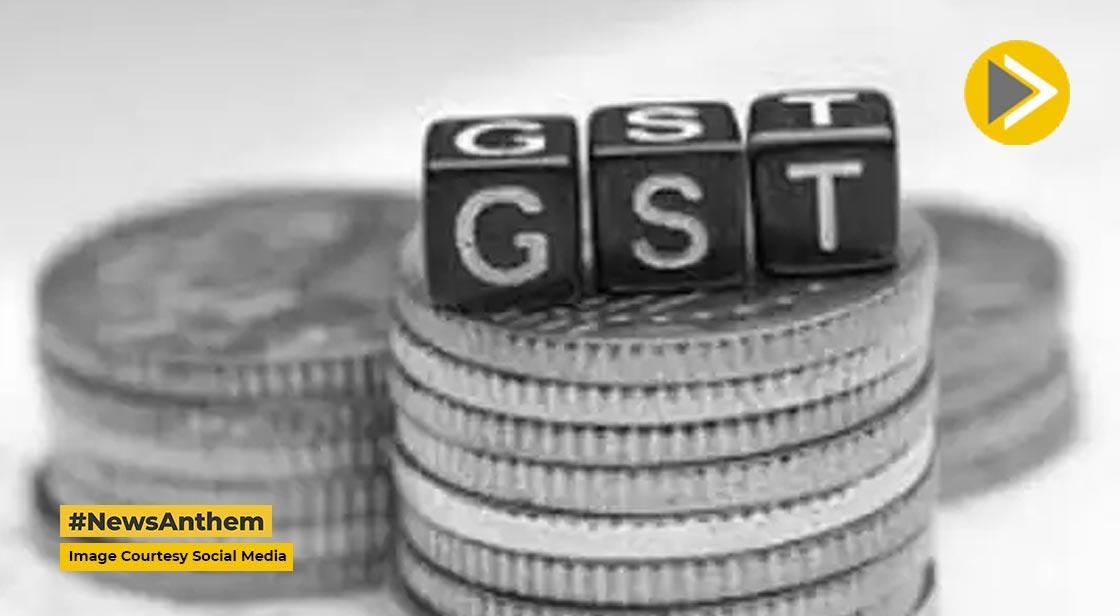GST 2025: How Modi Govt’s Big Reform Makes Cars, Medicines & Insurance Cheaper

Podcast
News Synopsis
The Narendra Modi-led government has unveiled one of the biggest indirect tax overhauls in recent years, and the timing could not have been more strategic. "The Narendra Modi Government is in a hurry, and for all the good reasons. An income tax cut for all those earning up to Rs. 12 Lakh per annum and rejigging the GST slabs in the same calendar year are signs of intent and commitment."
This reform push is aimed at boosting consumption, affordability, and growth. The government’s vision is clear: people should be able to consume more, MSMEs must get a larger market, and small entrepreneurs should find opportunities to expand manufacturing. With India clocking a robust 7.8% GDP growth rate in Q1 of the financial year, the momentum has inspired a fresh round of reforms to accelerate the economy further.
Why These GST Reforms Matter
"The GST reforms are generous, simplified, and timed well for various reasons." Unlike earlier, when states often resisted reform over fears of revenue loss, this time they have shown readiness to forego short-term gains in exchange for long-term benefits.
While some analysts argue about the revenue loss theory, the ground reality is different. By cutting GST rates across essentials, automobiles, healthcare, and insurance, the government has ensured that consumption rises sharply, thereby broadening the tax base in the long run.
The timing is crucial too—"To have the rates in effect from September 22, 2025, ahead of the busiest quarter of the year, which has the bumper Diwali sales, shows urgency."
GST Impact on the Automobile Sector
Relief for Car and Two-Wheeler Buyers
"The first gainer is the automobile sector. The reduced slabs benefit the automobile sector by enhancing affordability and stimulating demand."
-
Small cars & two-wheelers: GST cut from 28% + cess (up to 29%) to a flat 18%, lowering ex-showroom prices by 8–10%.
-
Mid-size SUVs & sedans: Taxes down from 50% to 40%, reducing on-road costs by 6–7%.
This move is expected to revive sales in the sub-4m segment and drive festive season demand. Additionally, EVs continue to attract just 5% GST, supporting India’s clean mobility mission. The automobile industry anticipates a 10–15% sales surge this fiscal year.
Healthcare Relief: GST Exemptions on Life-Saving Medicines
The government has also prioritized healthcare in its GST reform drive.
-
"The Modi Government’s GST reforms have exempted cancer drugs and rare disease medicines from GST, reducing the rate to zero on 33 specified life-saving drugs to enhance affordability and access."
-
The 2025 Budget extended this to 36 more medicines, easing the financial burden on patients.
-
Combined with earlier customs duty cuts (2023 & 2024 Budgets), these exemptions lower treatment costs and promote healthcare equity in India.
This reform not only helps households but also strengthens the pharmaceutical sector’s growth.
Boost to FMCG and Household Budgets
A recent survey on monthly per capita expenditure showed rural households are spending more on non-food items, especially FMCG products. The GST reforms directly target this trend.
-
Soaps, shampoos, detergents, packaged snacks, groceries: GST cut from 12–18% to 5%.
-
Electronics & appliances (TVs, ACs, washing machines): Prices to fall by 10–15%.
By making these items cheaper, the government has freed up disposable income, fueling demand across urban and rural India.
Major Relief in Insurance Premiums
For years, people demanded lower GST on insurance premiums—and the government has finally delivered.
"The reforms slashed the GST rate on individual life and health insurance premiums from 18 per cent to zero, effective September 22, 2025, providing significant relief to all income groups."
-
Applies to life, term, ULIP, endowment, and health insurance.
-
Premiums will drop by up to 18%, making policies far more affordable.
-
Expected 10–15% rise in policy sales, improving insurance penetration (currently 4% for life and under 1% for health).
This aligns with the government’s goal of universal health coverage while reducing out-of-pocket medical expenses.
Political Will and Market Response
Prime Minister Modi had announced from the Red Fort on August 15 that a complete GST revamp was on the way. Less than three weeks later, the government has acted.
"Prime Minister Narendra Modi, in his address from the Red Fort on August 15 earlier this year, spoke about ushering in a complete overhaul of the GST framework. Less than three weeks later, his government has delivered."
Markets have reacted positively, with FMCG and auto stocks already seeing gains. Businesses are preparing for festive season demand, and households are welcoming the extra savings in their pockets.
Conclusion
The GST reforms of 2025 are not just about numbers—they reflect a deep policy shift aimed at boosting consumption, encouraging manufacturing, and empowering households. From cheaper cars and daily essentials to zero-tax insurance and affordable medicines, the changes span across sectors that impact every Indian.
The government has struck a balance between fiscal responsibility and economic stimulus, ensuring reforms are both generous and sustainable. As Diwali approaches, the nation is poised for a consumption boom, and industries are gearing up to meet the surge in demand.
In the world’s fastest-growing economy, these reforms send out a clear signal: India is ready to grow bigger, stronger, and more inclusive.





